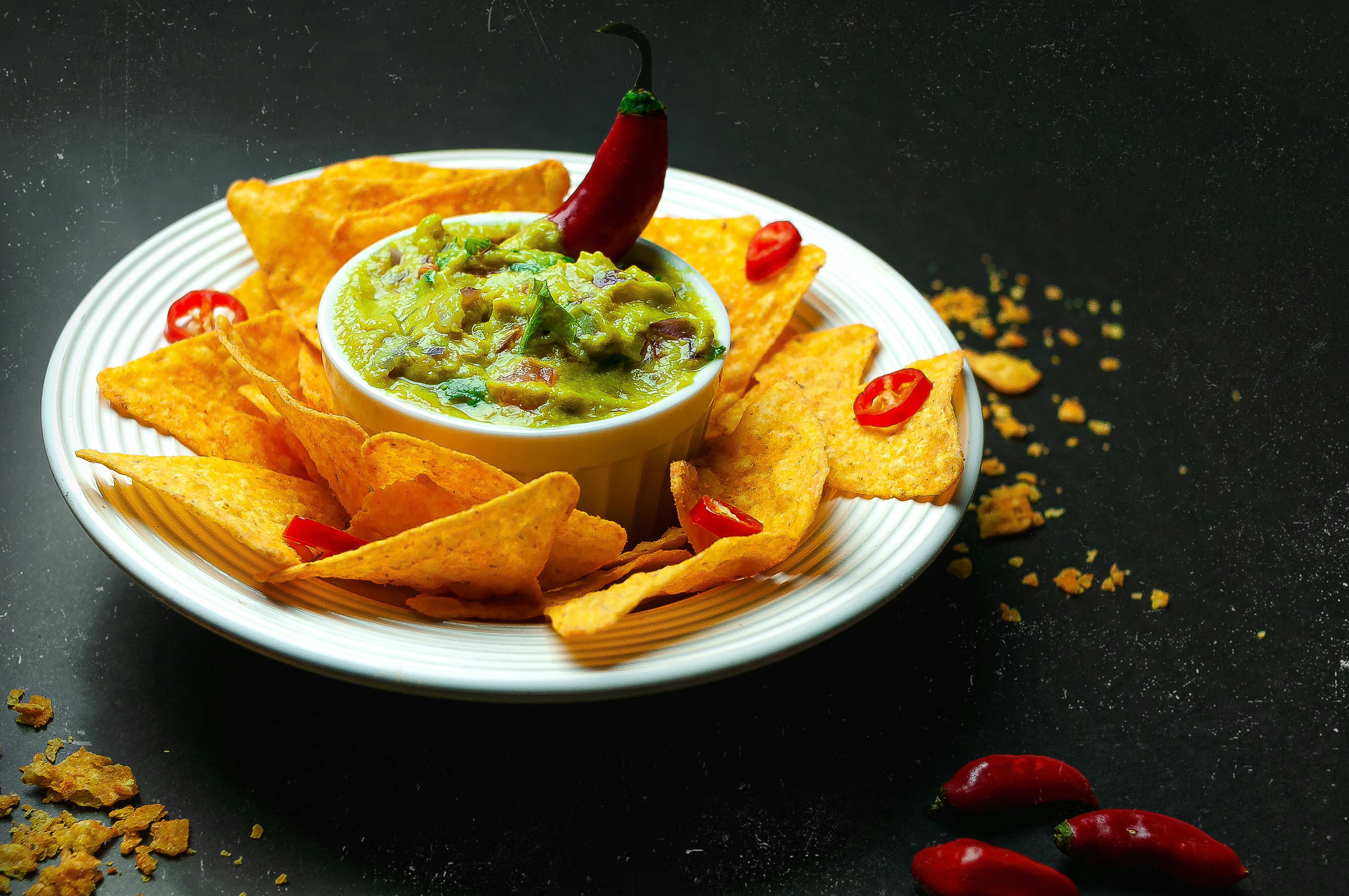How to plan a restaurant menu: tips and ideas
One area that needs your attention when starting out in the restaurant business is menu planning. Many new operators simply have no idea how to plan a restaurant menu that suits what their target market is looking for, as well as being practical in terms of preparation.
In this article, we take a closer look at restaurant menu planning and ten of the points to consider when starting to gather the necessary content.
Concept Restaurant
First of all, you need to think about the concept of your restaurant and the type of clientele you hope to attract. These things will be affected by your location, restaurant facilities, and theme, among other factors. Your overall concept will affect the style, quality, and portion sizes of cuisine that you include on your restaurant menus.
Different types of restaurant menus
Most restaurant menus are static, as they are fixed for long periods of time and cannot be easily changed. The alternative is to offer an ever-changing menu. The latter is ideal for restaurants that use seasonal ingredients whose price fluctuates, such as seafood. The ‘soup of the day’ is another common variation of the menu that can change as often as daily. However, it is difficult if you need to print new menus frequently. Options for frequently changing menus include writing your menu on a chalkboard or printing special inserts with the daily specials.
Menus in a la carte restaurants require customers to select menu items individually and everything is priced separately. On the other hand, the Prix Fixe menus offer several dishes included in a fixed menu for a fixed price. Then there is the buffet-style dinner, which generally requires few menus, but only descriptions of the dishes at the point where customers serve themselves.
Size menu
One thing to remember when preparing a menu is to offer enough variety to give diners a great selection while still keeping it reasonably simple so they don’t get overwhelmed. A simple menu will likely also reduce the number of errors while taking orders and give your staff less headaches in remembering the details of each dish. A menu with a smaller range of offerings will also make it easier for you to manage your inventory and reduce food waste.
Consult a chef
At the lower end of the restaurant spectrum, you can basically do your restaurant menu planning and then hire kitchen staff who are capable of preparing the dishes you have in mind. However, if you are hiring a chef, you will need to consult with him about the style of cooking in which he specializes. A chef will certainly be able to offer invaluable advice and tips on their menu, so it’s worth checking one out if possible.
Testing and adjusting
Before you go ahead and include a dish on your menu, it is important to decide exactly how the dish will be prepared and presented. Not only do you have to satisfy your personal tastes, but you also have to satisfy the tastes of the general public. Before launching a new menu item, it is important to do some testing. Get some opinions from cooks or chefs and look for slight modifications that could be made to make a dish even better.
Kitchen space and equipment
Your menu possibilities may be limited by the size of kitchen space you have available or the equipment required to make certain menu items. Make an assessment of the equipment you have and the equipment you are willing to buy at the same time that you are planning your menu.
Something for everyone
Try to satisfy a wide range of tastes and dietary requirements if possible. You may have a separate menu section for children or your menu may include vegetarian options. Allergies are a concern for many these days, so you should have additional menu notes that the staff can refer to. If diners ask if certain dishes contain peanuts, eggs, or other common ingredients that people are allergic to, then they should be able to provide accurate information. Include as much critical information about these ingredients on a menu as possible.
Let customers personalize a plate
A good idea is to allow your customers to participate in the dish they want to order. At the basic level, they could simply choose between French fries or a baked potato. To go one step further, they could choose sauces, salad dressings, different types of cheeses, or the intensity of spices like chili that can be added to food.
Popular trends
Food trends can change faster than most people think, so you may want to follow these food trends and make changes to your menu accordingly to keep up. Members of the public have been educated about cooking by celebrity chefs on television or they may be following the latest dietary fad that is receiving media attention, such as the low-carb diet.
More than one menu?
The most exclusive restaurants usually need more than one menu. It is common to have a separate drink menu or wine list, but other dishes, such as desserts, can also have their own menu. You may also need menus for different times of the day, such as breakfast time.
If you want to open a restaurant and be successful, it is essential that you know how to plan a restaurant menu, how to set menu prices, and how to design a menu in a way that maximizes sales and the diner experience.
